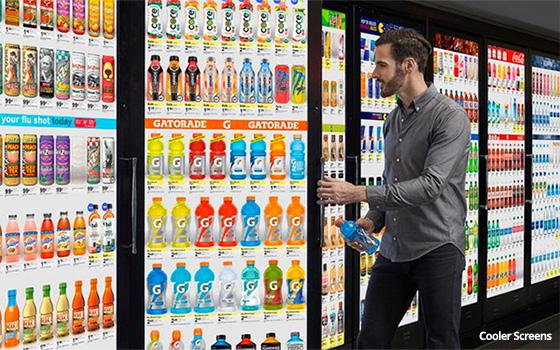
Premium video content -- of all types -- continues to be needed
everywhere by advertisers, even in places where marketers have not traditionally used it.
Expanding retail media networks are now in their sights.
A new poll from LiveIntent says
advertisers want to go behind what people assume to be at the core of retail media networks -- so-called “ads on site” where those retailers typically sell products.
Advertisers
are in a serious hunt for reach -- perhaps the most important word, which continues to be amplified from upfront TV marketers with when it comes to flailing legacy TV platforms.
The LiveIntent
poll says 64% of advertisers want more video, while 57% want more connected TV/streaming -- and 56% of that is coming “off-site media.”
At the same time, video-focused marketers
still want to steer away from the Wild West stuff -- a la social media -- far from it. They want “logged-in” media -- that is, access to real, fraud-free inventory, protected from
disappearing cookies to come.
advertisement
advertisement
Logged-in retail media -- as one might expect -- comes from a retailer's or marketer's consumer base, and their logged-in information.
Where will this new
video money come from? Analysts say continued declines in linear TV advertising mean even more will be shifted to these newer media platforms -- not just legacy owned connected TV streaming apps, but
also more brand-safe video inventory wherever it's available.
Although new premium video-inventory supply continues to be added regularly -- especially now, with streamers like Netflix and
Disney+ starting up advertising options -- there still is much less overall ad inventory per episode versus that of linear TV.
Now you know the reason why the likes of Pluto TV, Tubi, and the
Roku Channel keep gaining business over the last few years. The slight downside is that those streaming platforms are heavy on older library TV/movie programming.
All this is to say that
retail media networks might be a better option -- sometimes -- especially when considering this channel's strong engagement factor.
Much of this could happen for retail networks if linear TV
providers give advertisers a hard time in this upfront period, in terms of asking for price increases. As TV Watch earlier reported this year, media-buying executives are chirping about
negative CPMs -- price reductions.
A recessionary market might shift things around even more -- with less upfront money overall for legacy media.
Retail networks might look to
steal away some of this plum TV video business.